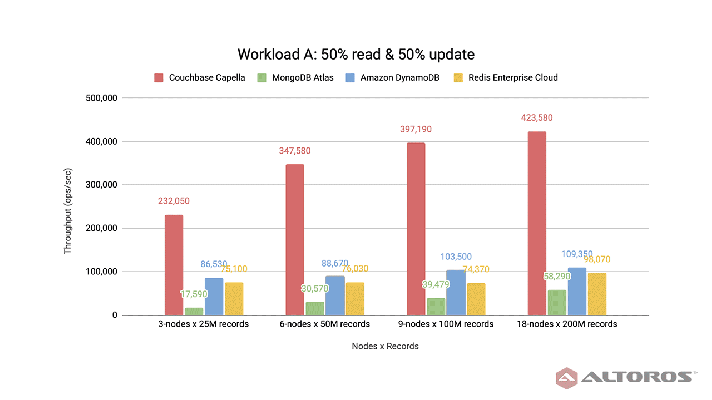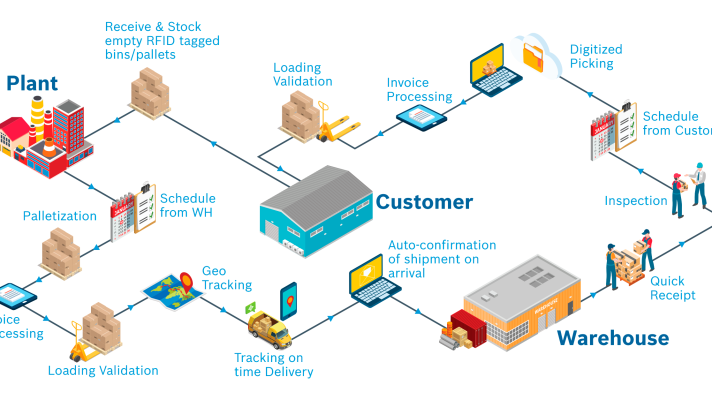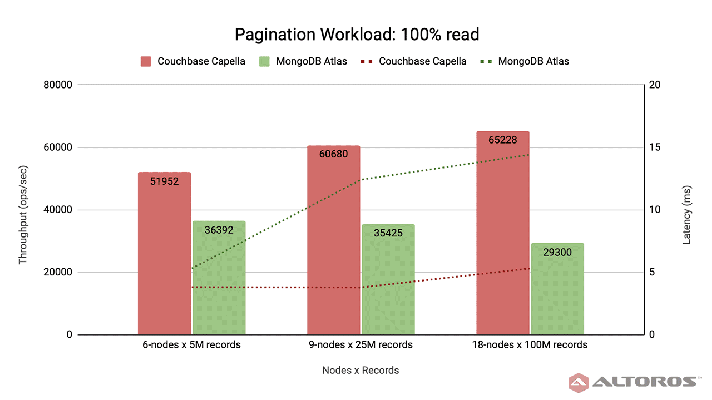Creating Cross-Platform Adobe AIR Apps to Get Them Published on App Store

Toward cross-platform development
For a long time, Apple used to restrict employing third-party tools for building iOS applications. Therefore, thousands of apps were pending approval and could not reach end users. In September 2010, the company softened its policy. That was a milestone that started a new chapter of cross-platform development.
“We have listened to our developers and taken much of their feedback to heart. This should give developers the flexibility they want, while preserving the security we need.” —Apple
However, skeptics argued that it would be hardly possible to create an Adobe Flash-based app that would be competitive to native Objective-C apps. Although it would be developed one day, it will not be accepted by the Apple App Store. This blog post features an example of an entertainment app that was developed with Adobe AIR 3.5. It is already published on iTunes, Google Play, and Facebook. A user can download the application to test its performance and usability.
Adobe-based app available for iOS and Android
The application allows users to play with pictures that were already uploaded to a device or have been just taken with the camera. With a tap of their finger, users can smudge images to make them look funny. After that, these amusing pictures can be shared on Facebook.
 Adobe AIR SDK-based application
Adobe AIR SDK-based applicationTo develop this application, we used the following default AIR SDK features and Flex components:
- horizontal lists, buttons, mobile views, work with images
- image galleries and CameraRoll
- a front-end and back-end camera
- files
- different DPI and screens of different devices
- integration with Facebook API
By implementing the app, we exemplified that cross-platform applications created with AIR can exist beyond Adobe’s presentations. This framework enables developers to write code once and then migrate a ready-to-use application to Android, iOS, or Blackberry with minimum changes. It considerably reduces the development time and costs, since a single Flash/Flex developer can replace a team of Android, iOS, or Blackberry specialists.
Further reading
- Overview of the Cross-Platform Development Tools
- Altoros Shares its Experience in Cross-Platform Development
- Webinar: Cut Costs with Cross-platform Adobe AIR Development







